What's the difference between Sakuran and Rose Summer? The difference between Huakui Coffee and Rosa Coffee Bean and the Origin of the Story
Rosa Geisha/Gesha, due to its pronunciation close to the Japanese word for "geisha-Geisha", is called geisha coffee in some areas. Although the coffee bean flavor of the Rosa coffee variety is exquisite, this elegant flavor comes from the specific growing environment. Rose summer varieties are very "picky" about the growing environment, and they are required to be planted in areas with high altitude, cloud shade or a large number of shade trees and fertile soil in order to have rich and charming flower fragrance, delicate and elegant fruit acid and tea-like sweet taste.
The main producing areas of Rose Summer are Panama, Costa Rica, Ethiopia and Colombia.
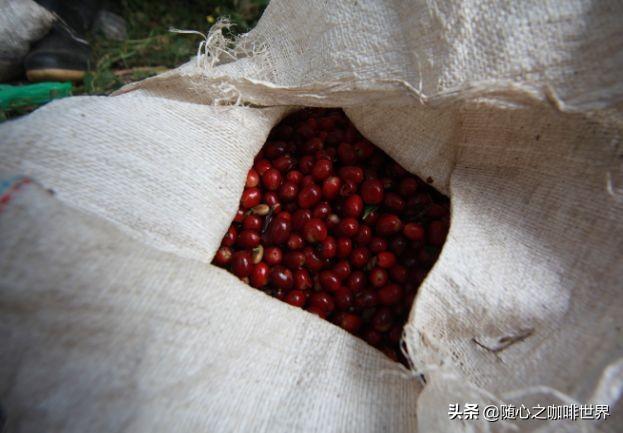
Panamanian Rose Summer is to introduce this variety to the world and make people aware of it.
The Panamanian rose summer variety came from Ethiopia ~ was discovered in the rose summer forest of Ethiopia in 1931 and then sent to the Coffee Institute in Kenya, introduced to Uganda and Tanzania in 1936, Costa Rica in 1953 and Panama in 1970. When it was introduced to Panama, people were unwilling to cultivate it because of its low yield, so it was planted in a windbreak forest to protect other coffee trees.
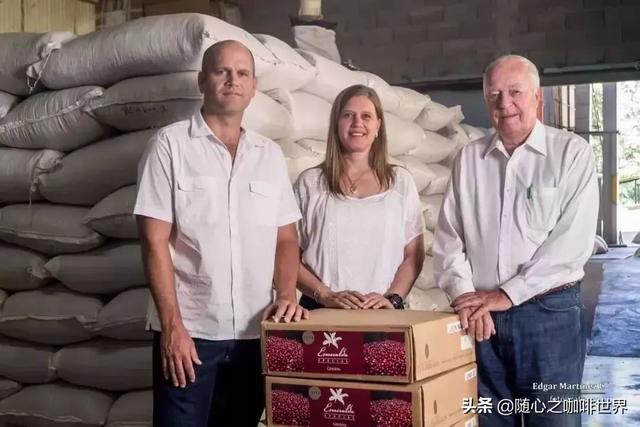
The most representative rose summer coffee in Ethiopia comes from the rose summer village manor, which is a rare manor dominated by planting rose summer varieties. Because the rose summer variety planted in Rosa Village belongs to the wild rose summer variety, it is close to the plant and flavor of the familiar Panamanian rose summer variety, but on the whole it is still not much like the Panamanian rose summer coffee flavor.
It is only in recent years that Colombia began to introduce Rosa coffee beans from Panama. Colombian coffee growers are mostly located in mountain areas, with rich microclimates, mild temperatures and flavored water resources that provide a good growing environment for coffee. The front street tests Columbia's rose coffee beans through a cup, with floral aromas, soft acidity of oranges / mandarins, honey sweetness, and a tea-like finish.
Let's go on to talk about Huakui coffee beans.
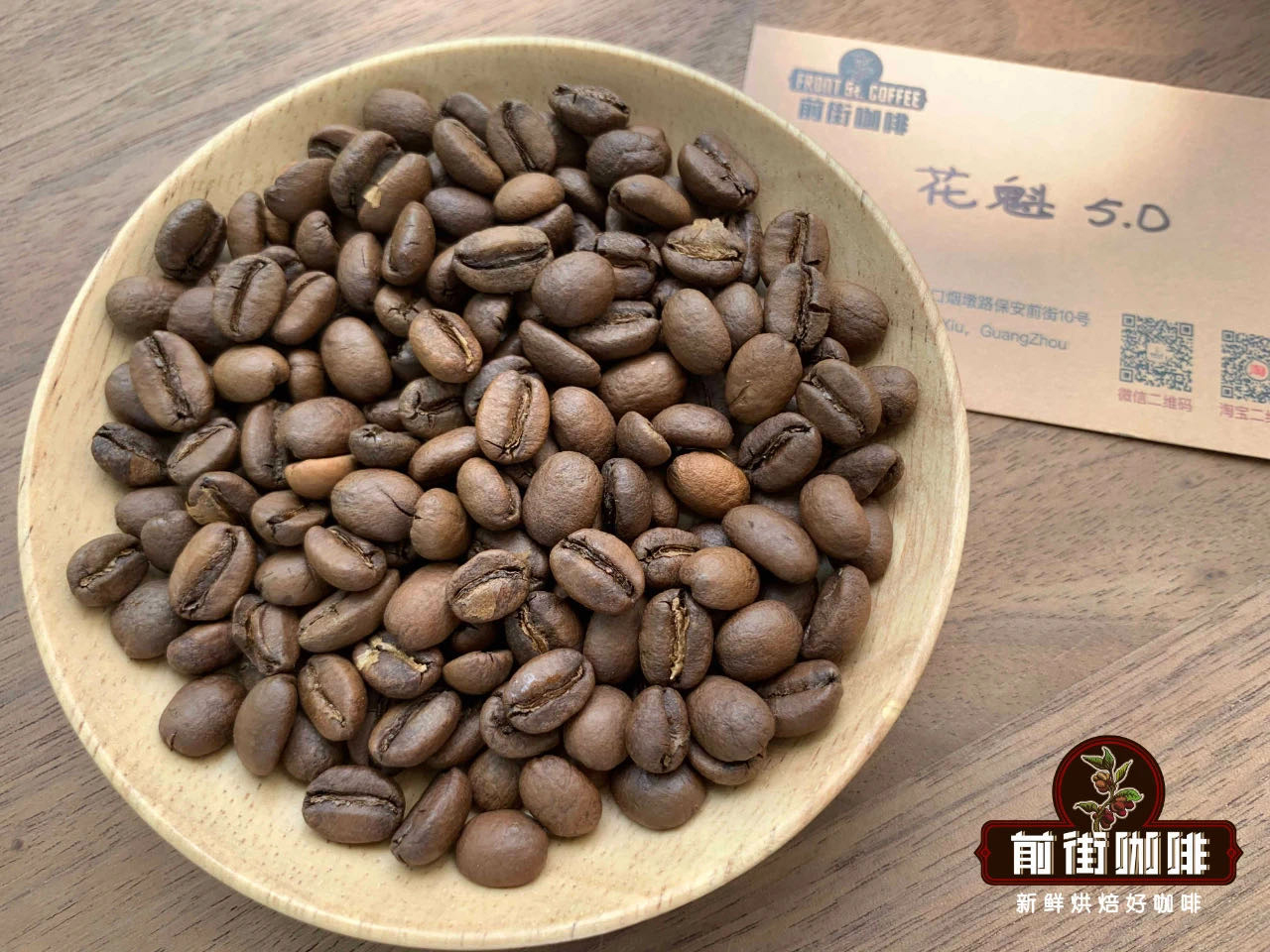
The 2017 TOH champion bean was originally called Humbela Coffee beans. In the same year, the champion batch of raw beans were introduced by raw bean traders in Beijing before they were named "Sakuran", implying the head of a hundred flowers and enchanting appearance. Chinese coffee fans really knew Huakui Coffee beans when Li Jianfei, runner-up in China in the 2017 World Coffee Brewing Competition, used this batch of Huakui coffee beans to beat many contestants in the rosy summer coffee. In the era when Rose Summer Coffee Bean bags "dominated" large and small events, a sun-dried coffee bean from Ethiopia competed with so many Rose Summer Coffee beans, everyone was naturally impressed by this inconspicuous coffee bean. The origin of the title "Sakuran" comes from this, and it has not been many years since, and people who have been drinking coffee in the early years will have some impression of it. Huakui coffee beans are native to Ethiopia, and this variety does not refer to a particular variety. As the birthplace of coffee varieties, Ethiopia has too many coffee varieties. It is like the natural gene bank of Arabica. On the one hand, there are many varieties, and it is difficult to identify and classify them. On the one hand, the Ethiopian government is unwilling to disclose information about these varieties for the sake of protection, so it is collectively called the Ethiopian original species. Because there are so many varieties, so mixed planting, mixed harvest, so Ethiopian native varieties of beans will be of different sizes.
Important Notice :
前街咖啡 FrontStreet Coffee has moved to new addredd:
FrontStreet Coffee Address: 315,Donghua East Road,GuangZhou
Tel:020 38364473
- Prev
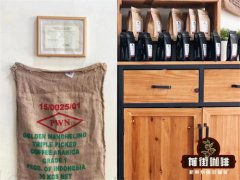
What is the difference between Indonesian gold manning and mantenin coffee beans description of the flavor characteristics of hand-made mantenin coffee
How did Manning get here? Manning originally referred to a tribal name in Indonesia. Japanese soldiers returned to Japan after colonization in Indonesia, thinking about the local delicious coffee, so with the help of trading friends, they asked the locals to help collect high-quality coffee beans, including this Mantenin. The Japanese are concerned about this kind of coffee
- Next
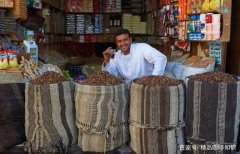
Introduction of mocha coffee beans, what's the difference between mocha and mocha coffee beans, and how does mocha do it?
Yemeni mocha coffee beans coffee can be promoted to the world's first success is Yemen. Yemen and Ethiopia are separated from the Strait of Mande, and coffee was used only as medicine in Africa in the early days. Later, Shadiri, the Islamic godfather of Mocha in Yemen, was influenced by the tea culture of the Ming Dynasty in China, and then developed coffee into a refreshing drink. Because of the prohibition culture of Islam and the emergence of coffee drinks, people have
Related
- Beginners will see the "Coffee pull flower" guide!
- What is the difference between ice blog purified milk and ordinary milk coffee?
- Why is the Philippines the largest producer of crops in Liberia?
- For coffee extraction, should the fine powder be retained?
- How does extracted espresso fill pressed powder? How much strength does it take to press the powder?
- How to make jasmine cold extract coffee? Is the jasmine + latte good?
- Will this little toy really make the coffee taste better? How does Lily Drip affect coffee extraction?
- Will the action of slapping the filter cup also affect coffee extraction?
- What's the difference between powder-to-water ratio and powder-to-liquid ratio?
- What is the Ethiopian local species? What does it have to do with Heirloom native species?

